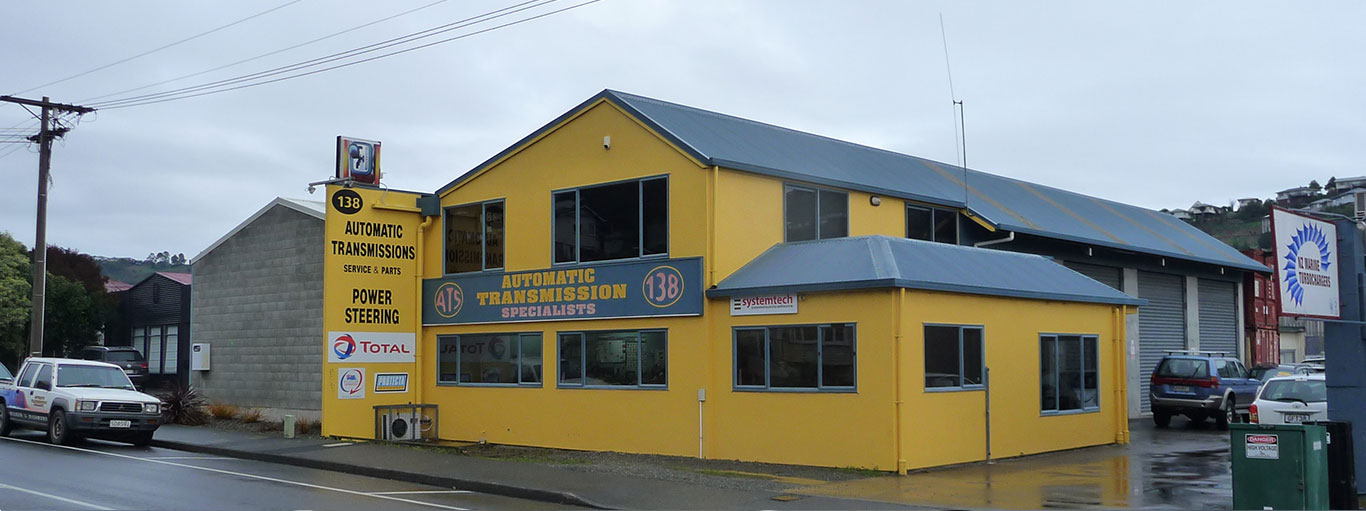Servicing and Tips
Servicing
Having your Automatic Transmission serviced regularly is important
- Keeps your transmission running smoothly
- Avoids costly repairs and replacement parts down the line
- Don’t get caught out with inconvenient transmission problems
- Taking care of your transmission servicing is as important as your WOF
Automatic Transmission servicing
- Removes 99.9 % of the fluid in the transmission system, including the torque converter and transmission cooler
- Extends transmission life by providing resistance to oxidation, sludge formation and varnish
- Reduces risk of premature transmission failure
- Promotes smooth shifting
- Reduces wear and scouring of clutch plates
It can be easy to forget about getting your transmission serviced. It’s easier to remember to change the engine oil 5,000 – 10,000 kilometres or so but proper transmission servicing keeps your vehicle running smoothly and helps you avoid repairs down the road.
The transmission undergoes a lot of stress. The grit you can see in used transmission fluid is actually bits of metal that wear off the gears in the transmission. Also the transmission operates at very high temperatures usually 100 to 150 degrees higher than engine temperatures. Those high temperatures eventually cause the transmission fluid to start to break down and lose efficiency.
As the fluid gets older, it gets gritty and doesn’t lubricate and cool the vehicle transmission as well – leading to even more wear. The fluid can actually get sludgy and plug up the maze of fluid passages inside the transmission. At best, your transmission won’t operate smoothly. At worst, it could lead to damage.
When your transmission is running properly, it transfers more power from your engine to the drive wheels, and improves fuel economy. That’s why it is recommended to change your transmission fluid at regular intervals. Your owner’s manual has a schedule for a transmission service and we can tell you what is recommended.
Hot and dusty conditions, towing, stop and start driving all start to increase the load on the transmission and its internal temperature. That means vehicles with an automatic transmission require a change of the fluid more often. A good rule of thumb is every 40,000 kms or 2 years. If your owner’s manual suggests more frequent intervals or if you’re driving under severe service conditions you should change it more often.
Tips
Did you know?
- Your automatic transmission should be serviced every 40,000km or every 2 years, whichever comes first.
- The most effective thing you can do to extend the life of your transmission and keep it working correctly is to carry out regular transmission flushing to remove contaminants and replace the fluid. In addition your transmission may also require a filter change at specific intervals.
- The most common cause of mechanical failure in cars is not the engine, but the transmission. It pays to get it serviced regularly.
- Oils leaks may not be from your engine, but your transmission. As there is only a small amount of transmission oil, (between 8-15 litres) a leaking transmission can cause major damage very quickly.
- Warning Signs of a failing Transmission:
- A delay in take-off
- Shuddering
- Shifting gears isn’t as smooth
- Reverse gear is particularly stubborn
- If the transmission oil becomes too contaminated with metal filings and bits of pads, or if the oil has leaked out, it will overheat therefore not providing sufficient protection to the inner workings of the modern automatic transmissions. Once this happens the transmission will cook from the inside out like a microwave. Because there is no warning light for transmission faults, our service will provide the check you need to tell you how much life is left in the transmission oil.
You have a problem if:
- The “Trans Light” or “A/T” light is flashing
This indicates that your transmission computer has sensed a problem. A transmission specialist can diagnose this. - You have only one gear
This is called a fail-safe condition, or limp home mode. It allows you to drive your vehicle to your nearest garage, or transmission specialist, for help. - The engine is revving during gear changes
This is slipping of the clutches. Seek assistance as soon as you notice this problem. - The vehicle does not move when in “D” or “R”
Your vehicle will have to be transported to a workshop if it has lost drive. Contact us.
European vehicles have their own specific requirements. Specialist knowledge and equipment which we have, is required when servicing these vehicles. Specific transmission fluids are required along with special procedures to check the oil level.
Towing a trailer or boat can place severe loads on a transmission and shorten its life. When you’re on the boat ramp or pulling a load up a steep incline, manually shift your transmission into the “L” position. Shift the lever manually up into drive, as you begin moving. Avoid using overdrive. Cancel the OD. If you don’t have an OD cancel button then manually shift the transmission into “3” to stop it shifting into overdrive.
HAVE YOUR AUTOMATIC TRANSMISSION SERVICED BY THE SPECIALISTS
Get in touch with our team or bring your vehicle straight to us. We’ll take it from there.
Located at 138 Vanguard Street, Nelson
ALL REPAIRS COME WITH a 12 month 20,000Km WARRANTY Ph 03 548 1133
